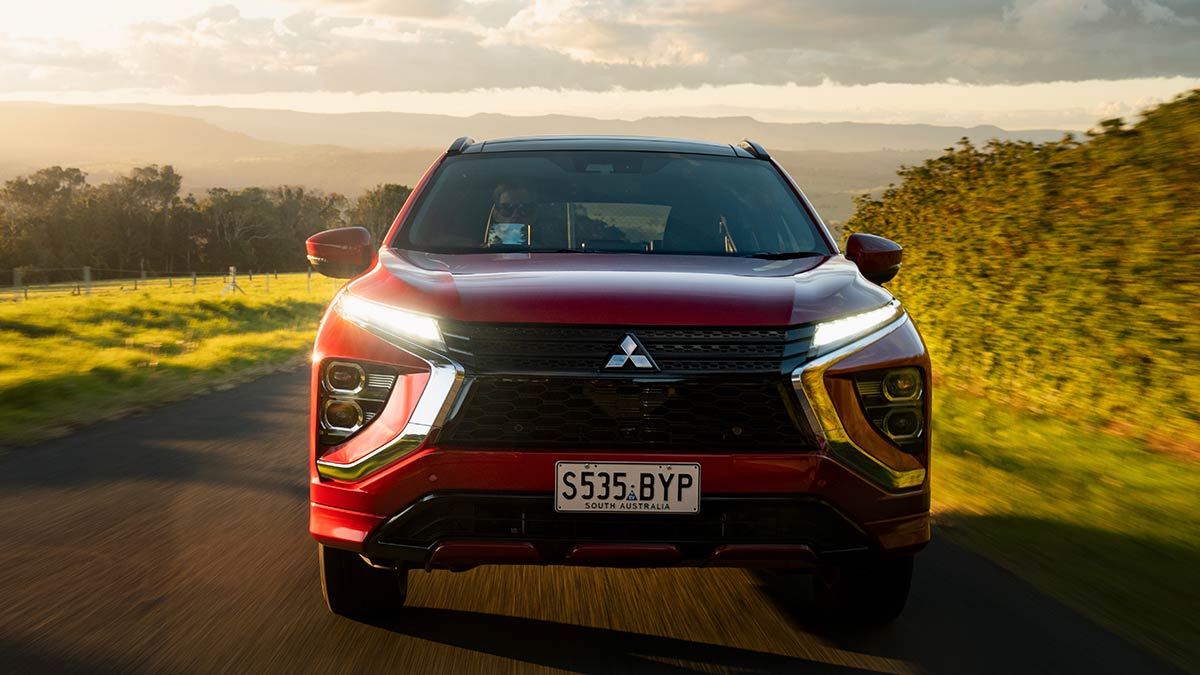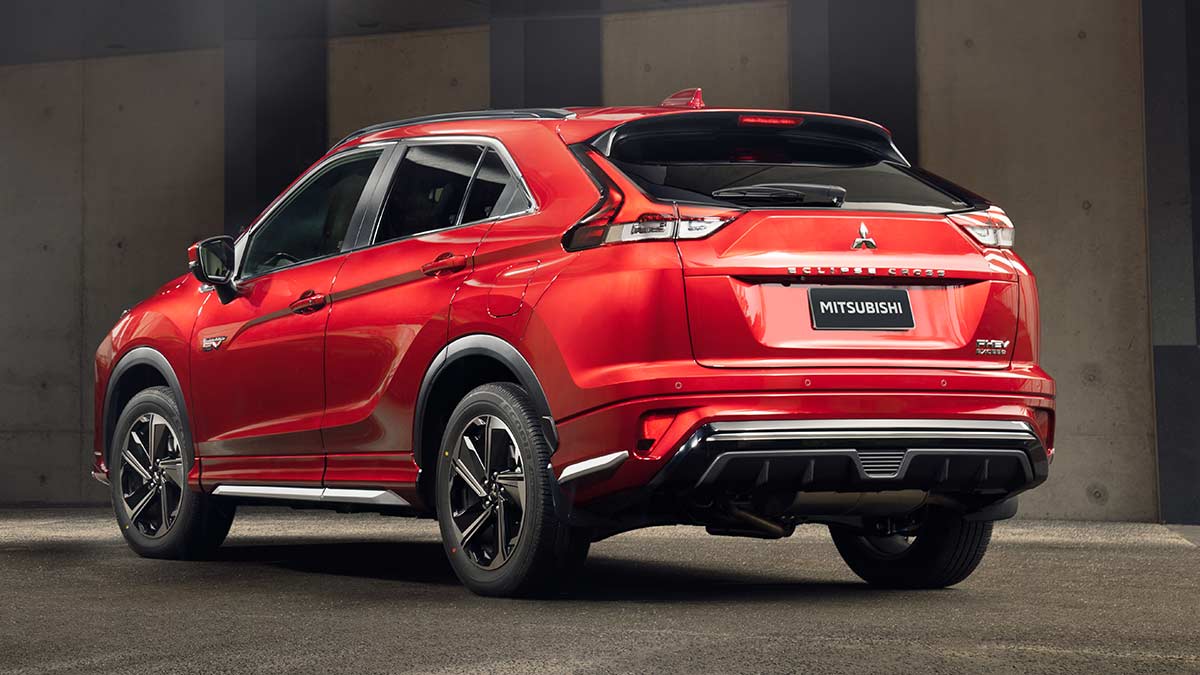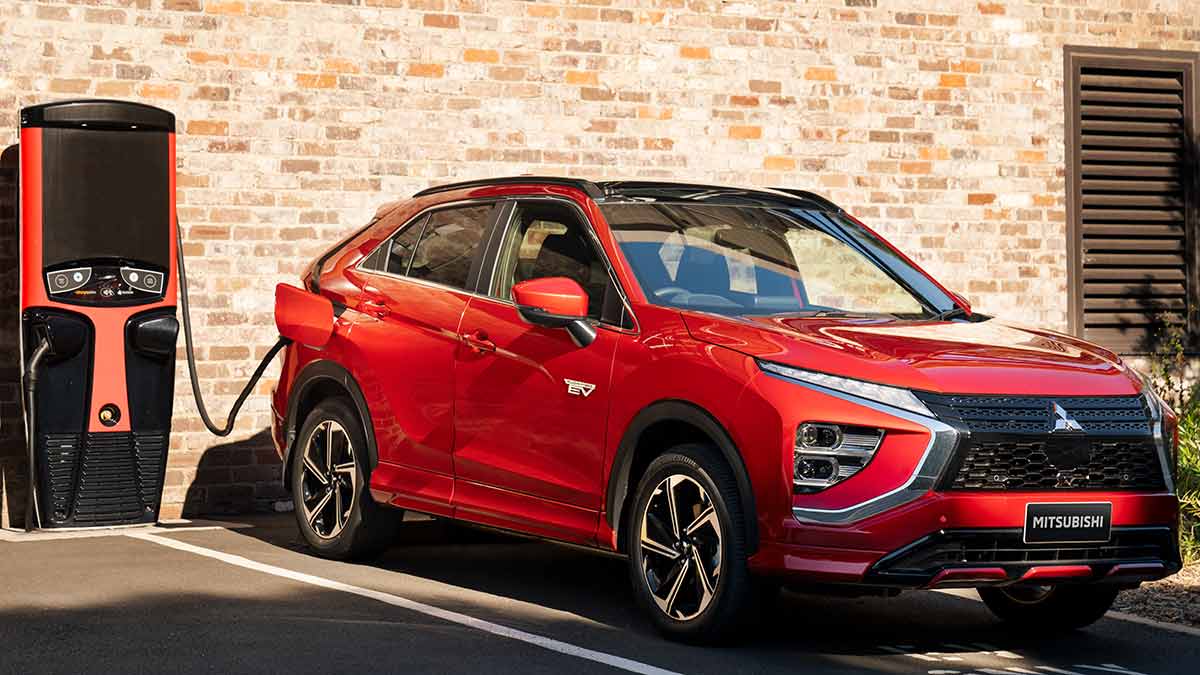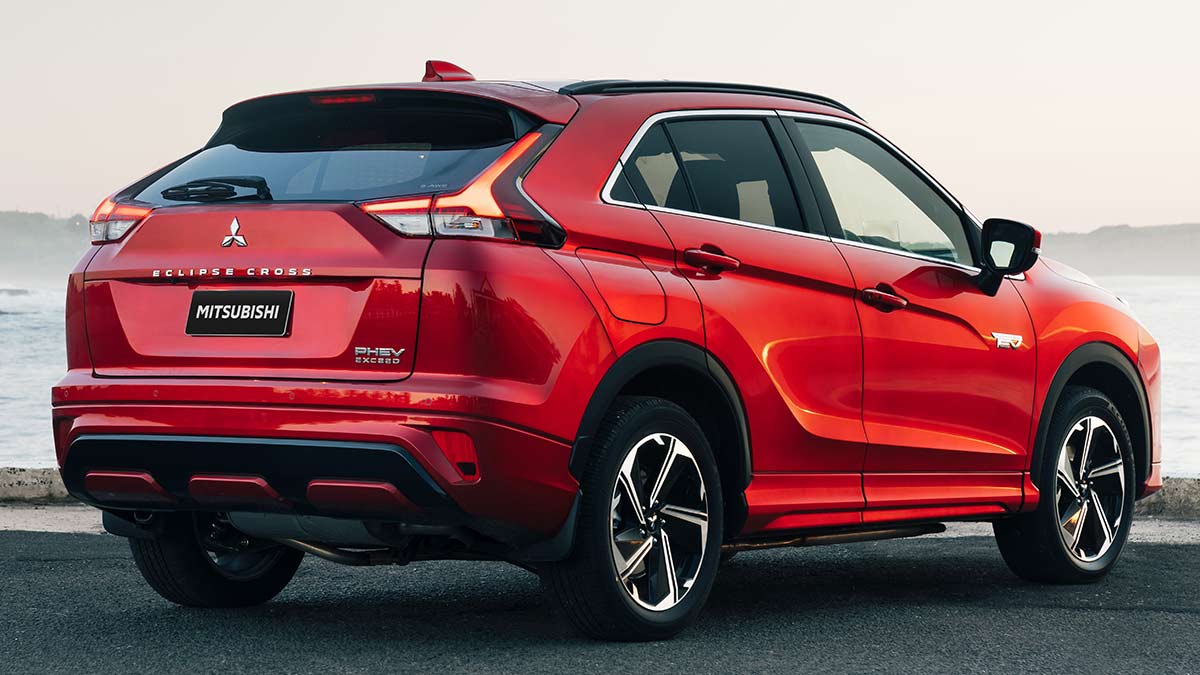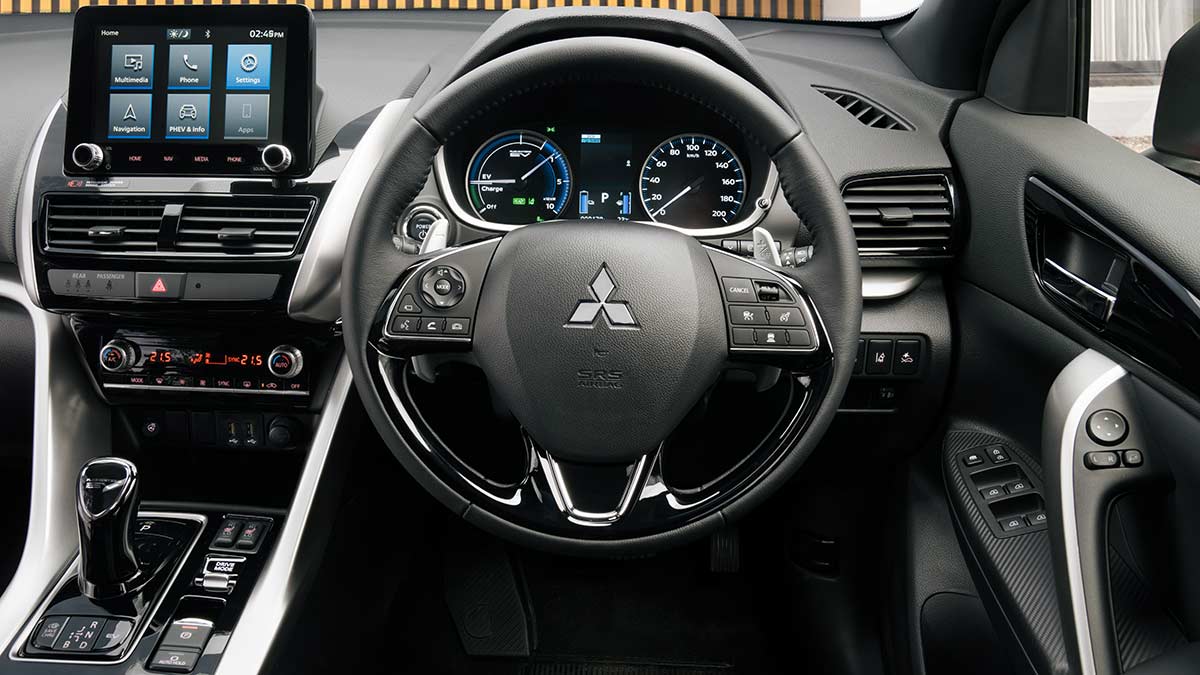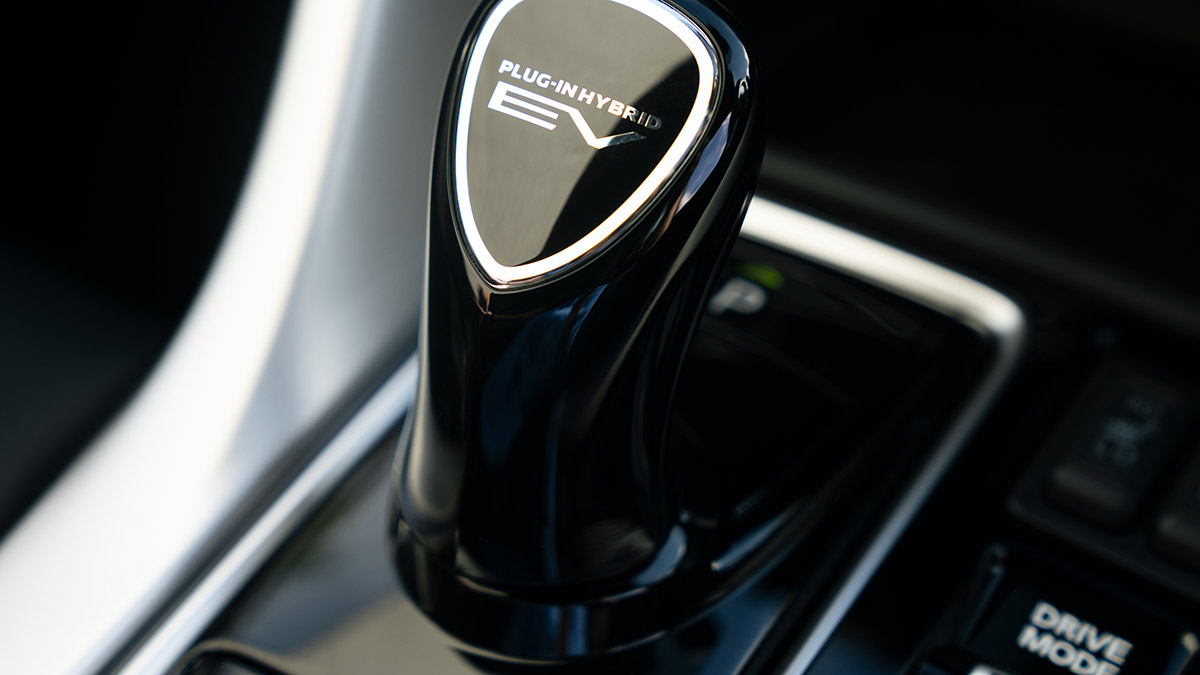The Foton Tunland joins Australia's dual-cab ute market as an affordable mild-hybrid diesel under $50,000, offering strong capability against tough competition.
2022 Mitsubishi Eclipse Cross plug-in hybrid road test review

Mitsubishi’s Eclipse Cross plug-in hybrid aims to emulate the success of the bigger Outlander PHEV. It’s a good option as long as you keep the battery charged.
The theory behind plug-in hybrids is laudable: provide a zero-emissions vehicle without the issue of range-anxiety.
In the case of the Mitsubishi Eclipse Cross PHEV, the approach is to couple a pair of motors driving both axles with a 13.8kWh lithium-ion battery. Mitsubishi claims an electric range of 55km before the battery is depleted and a 2.4-litre petrol engine fires up to act as a generator and keep the motors spinning.
It’s a complex set-up, which is why it is relatively expensive compared to an Eclipse Cross using a conventional internal combustion engine.
It is, however, easy to operate. Providing you have access to a power point (which many apartment dwellers with underground garages don’t), this type of hybrid is ideal for urban commuters who aren’t yet prepared, or can’t afford, to make the leap into a dedicated electric vehicle.
On this page
- How much does the Eclipse Cross plug-in hybrid cost?
- How safe is it?
- What's it like inside?
- What's under the bonnet?
- Is it efficient?
- How does it drive?
- Should I buy one?
How much does the Eclipse Cross plug-in hybrid cost?
The Mitsubishi Eclipse Cross PHEV comes in three flavours.
First up is the ES priced from $46,490 before on-road costs, though it’s on sale now for $49,990 driveaway, which includes free servicing, making it a very good deal.
The mid-spec Aspire is priced at $49,990 and the Exceed will cost $53,990, plus on-roads.
The Exceed is the only one directly comparable to the ICE-powered Eclipse Cross range and it comes in $12,500 dearer than its conventional counterpart.
The all-wheel-drive Eclipse Cross with a 1.5-litre turbo engine claims to use 7.7 litres every 100km. Allowing for their driving to mirror the PHEV and paying $2.20 a litre for petrol, they’d spend around $2,890 a year. That means it would take more than eight years for the PHEV owner to come out in front purely on a cost basis.
The Eclipse Cross comes with a 10-year, 200,000 km warranty if you have it serviced at a dealership (though the battery is only covered for eight years)
Servicing needs to be done every year or 15,000km and will cost $4,790 over the warranty period, against $3,790 for the internal combustion versions.
Obvious rivals include the MG HS plug-in at $48,990 driveaway and Kia Niro plug-in hybrid, starting at $46,590 plus on-roads.
Is the Eclipse Cross plug-in hybrid safe?
ANCAP’s five-star safety rating applies to ICE and PHEV versions of the Eclipse Cross.
The 2017 tests scored the small SUV at 97 per cent for adult occupant protection, 78 per cent for child protection, 80 per cent for pedestrian protection and 58 per cent for safety assist features.
It’s worth noting the ANCAP review page says changes were made to the autonomous emergency braking configuration on vehicles built after April 2021. The site says: “these changes are expected to reduce the performance in AEB pedestrian tests, however technical evidence provided by Mitsubishi demonstrates the reduced performance does not affect the five-star rating for these vehicles”.
All variants come with seven airbags, two isofix anchors on the outboard rear seats and three top tethers.
Software includes lane-departure warning and AEB with pedestrian detection. The Aspire then adds blind-spot monitoring, lane-change assist and rear cross-traffic alert. The Exceed tops the range with mis-acceleration mitigation, which stops the car if the driver accidentally accelerates towards an obstacle.
What’s the Eclipse Cross like inside?
Beyond some PHEV-specific displays on the 8.0-inch infotainment screen, there isn’t a lot to differentiate the plug-in versions of the Eclipse Cross from the conventional cars.
The ES features 18-inch alloy wheels and old-school halogen headlamps. Inside there’s smartphone mirroring, digital audio, a four-speaker sound system and a pair of USB ports up front,
The Aspire extends the amenities with rear tinted glass, roof rails, an auto-dimming rear mirror, powered driver’s seat, an eight-speaker sound system, heated front seats, more stylish upholstery, adaptive cruise control, front parking sensors and auto wipers.
Exceed buyers then collect leather seat trim, a powered passenger’s seat, heated seats front and rear, a heated steering wheel, head-up display, satellite navigation, and a double sunroof.
What’s under the bonnet of the Eclipse Cross plug-in hybrid?
The Mitsubishi Eclipse Cross can operate in a variety of modes. Most owners will leave the SUV to its own devices, which will see the electric motors provide propulsion, initially feeding off the battery and then, on longer trips, adopting a “series hybrid mode” by using the petrol engine to feed charge into the battery.
Owners can choose to operate in parallel hybrid mode, in which case the engine powers the front wheels and the motors chime in whenever extra power is required, such as driving uphill or overtaking. In the mode the engine also transfers excess electricity back into the battery.
The 2.4-litre four-cylinder engine is good for 94kW and 199Nm. The motor powering the front wheels develops 60kW/137Nm, while the one on the rear makes 70kW/195Nm.
Mitsubishi doesn’t quote a combined output. A 0-100km/h time of 9.4 seconds indicates there’s not a huge amount of overlap between the electric and petrol drivetrains.
Is the Eclipse Cross plug-in hybrid efficient?
In short, yes … but there’s a “but”.
The official claimed combined fuel use is 1.9 litres/100km. That is achieved because the Eclipse Cross’s battery can theoretically feed the motors for the first 55km (based on the mildly optimistic NEDC standard).
In the real world, expect around 40-45km of EV mobility. If, however, you start the journey with a depleted battery, the first 100km is likely to see fuel consumption similar to the petrol-only versions.
Keep it charged and you, and the Eclipse Cross will be better off for it.
Charging takes seven hours off a 10-amp home power point and half that off a household wall charger.
Head to a public DC fast-charge station and owners can top the battery to 80 per cent in just 25 minutes.
The Eclipse Cross is also capable of bi-directional charging, meaning it can be used to charge a house or help recharge another electric vehicle. The downside is it uses the CHAdeMo protocol, which is increasingly being ditched outside of Japan for the CCS2 protocol. The difference is pretty much the cable pin configuration: CHAdeMO needs an adaptor to enable home charging; CCS2 doesn’t.
How does the Eclipse Cross PHEV drive?
The Eclipse Cross is quiet, even with the petrol engine operating, making it one of the more peaceful compact SUVs on the market. For those who appreciate a bit of serenity in the mayhem of urban traffic, it is appreciated.
Performance is more than adequate without challenging the responsiveness of the Toyota RAV4 hybrid.
The steering is light, which should suit its target market where steering feedback isn’t a required feature, a reversing camera is.
The suspension is one of the few weak links. The Mitsubishi is softly sprung, which works on freeways and in carparks. It isn’t so effective when navigating speed humps or rippled back roads.
Being a plug-in hybrid doesn’t restrict the Eclipse Cross’s soft-roading ability and it has tarmac, snow and gravel driving modes to adjust torque delivery and the stability control settings to suit the various surfaces.
Should I buy one?
Proponents argue plug-in hybrids offer the best of both worlds: electric-powered propulsion during the week and the flexibility to travel wherever on the weekends without having to keep in range of a DC charging station.
They have a point, but potential buyers need to make an informed decision about the reasons for the purchase.
If it’s on the basis the Eclipse Cross isn’t contributing to CO2 emissions, then fine, providing you don’t routinely use the petrol engine. If you don’t recharge the battery regularly, fuel consumption will be higher than it would have been in an ICE-powered Eclipse Cross.
Charge the battery each night for a 15-25km each way commute and this plug-in hybrid makes a lot of sense.
The information provided is general advice only. Before making any decisions please consider your own circumstances and the Product Disclosure Statement and Target Market Determinations. For copies, visit racv.com.au. As distributor, RACV Insurance Services Pty Ltd AFS Licence No. 230039 receives commission for each policy sold or renewed. Product(s) issued by Insurance Manufacturers of Australia ABN 93 004 208 084 AFS Licence No. 227678.
